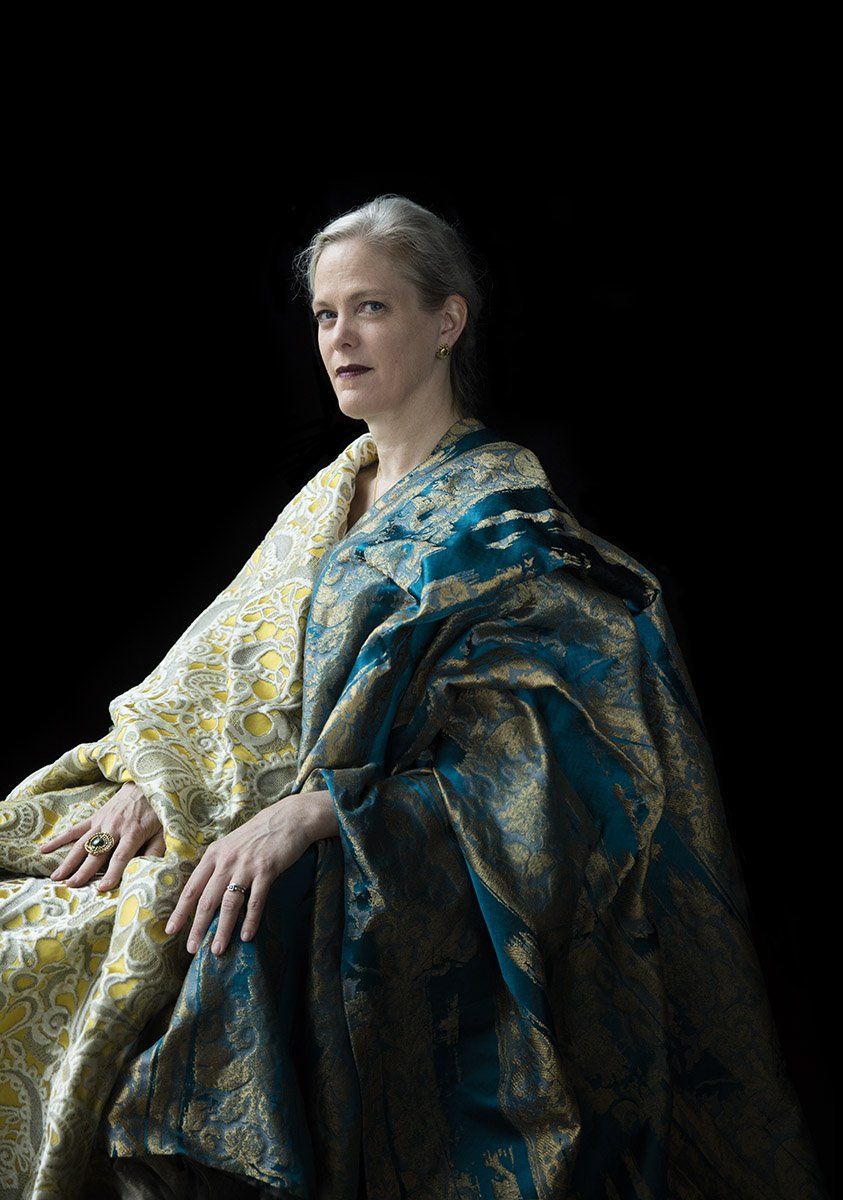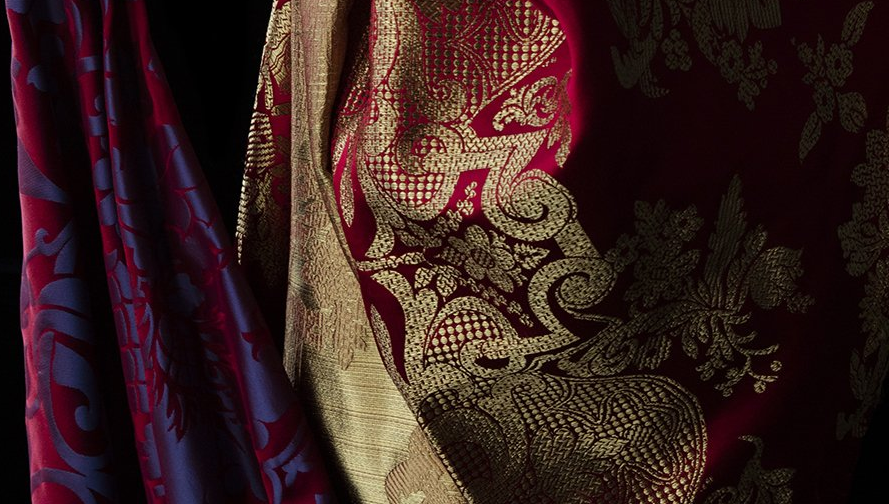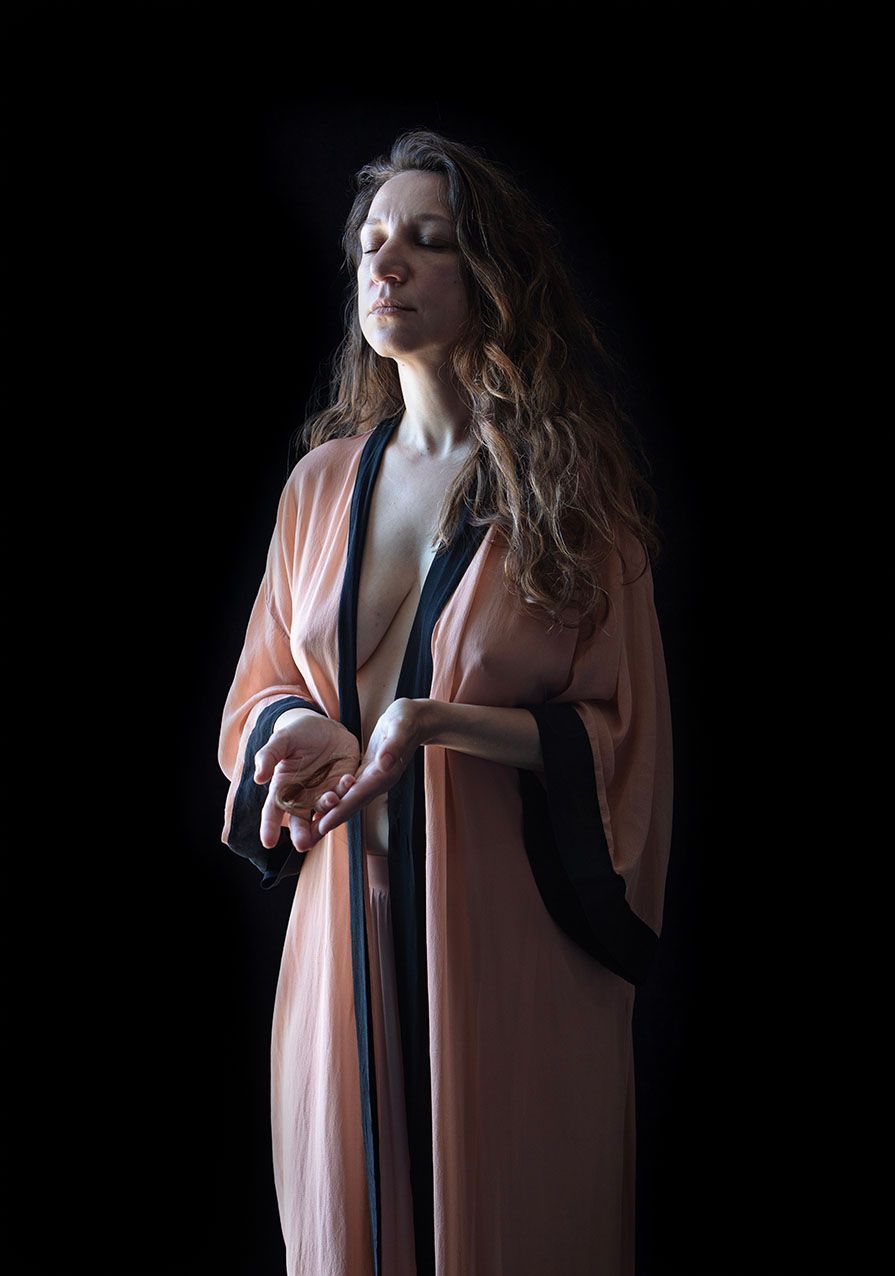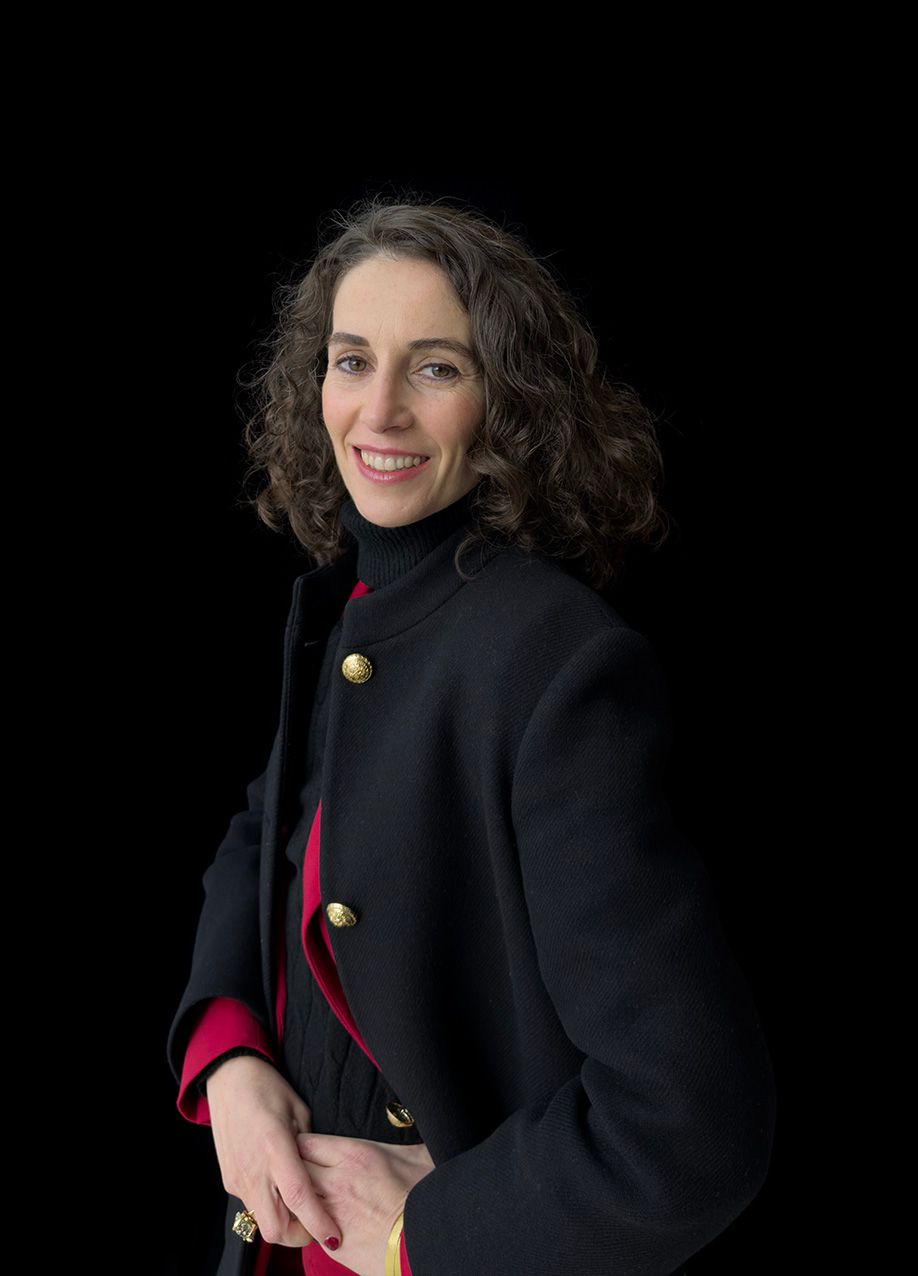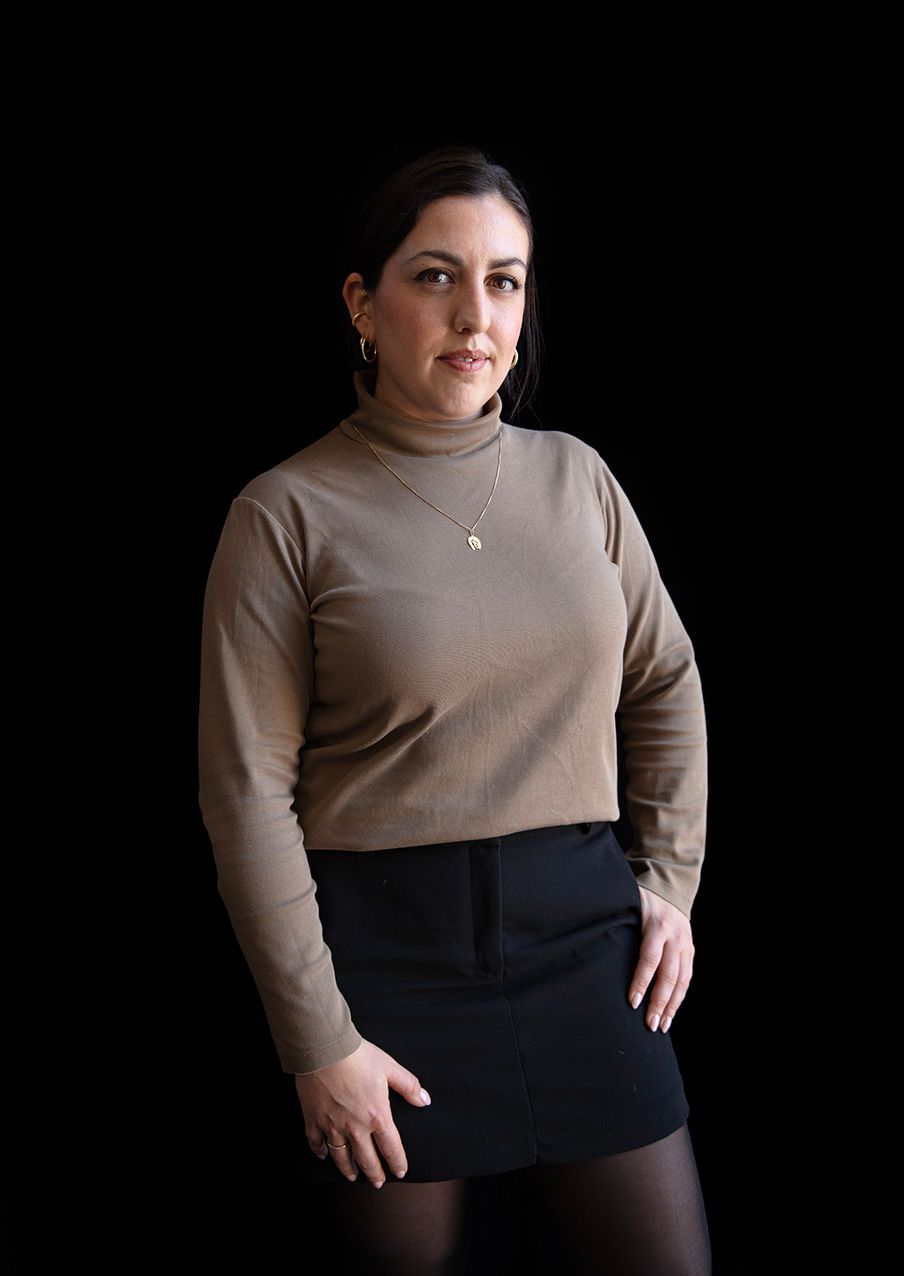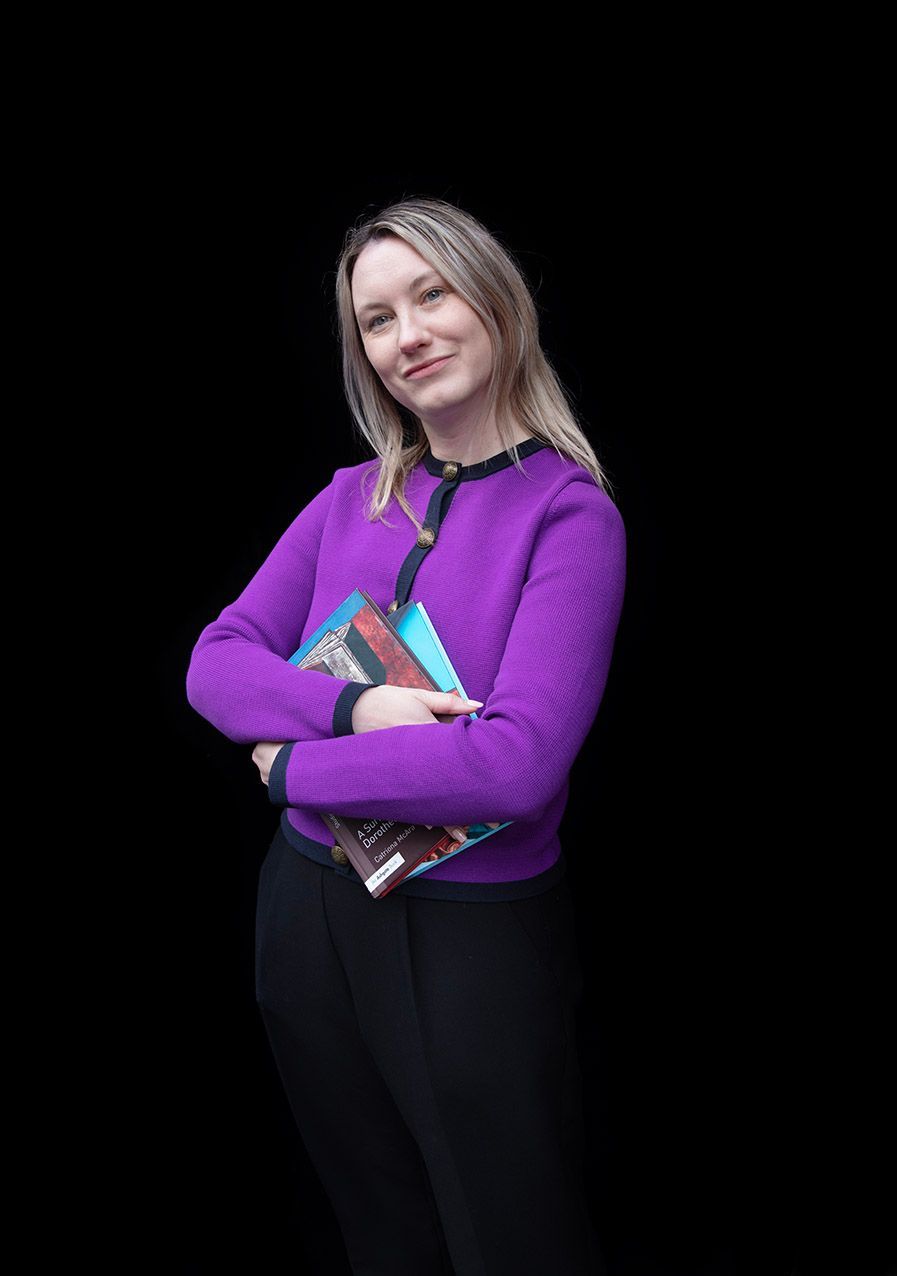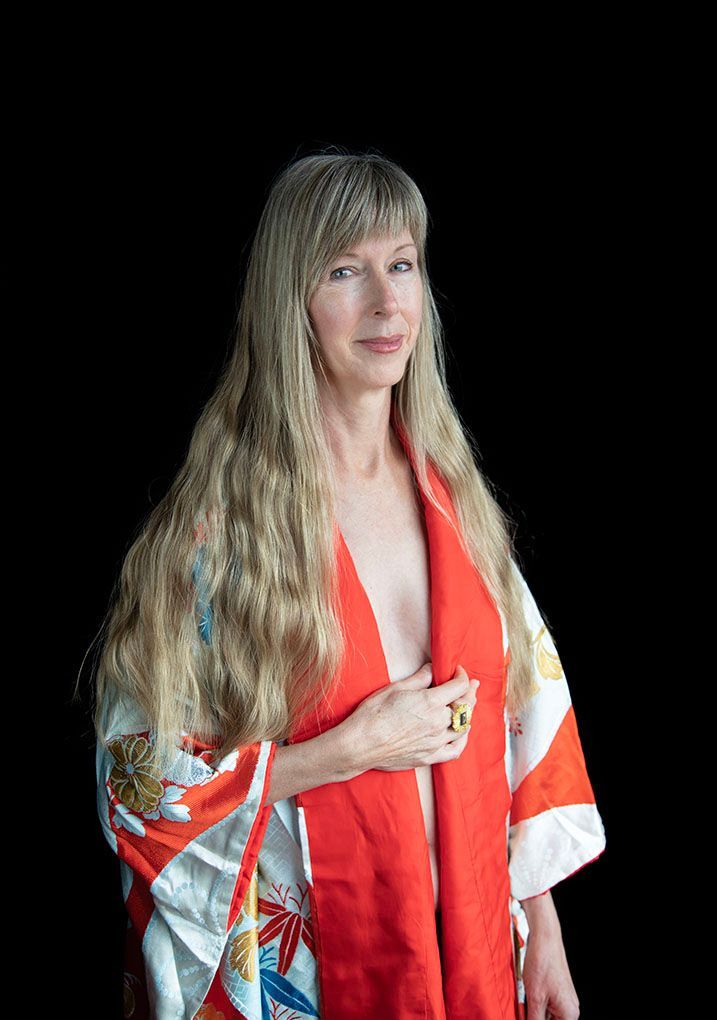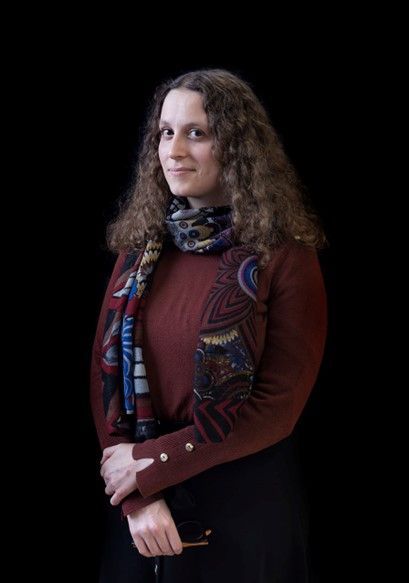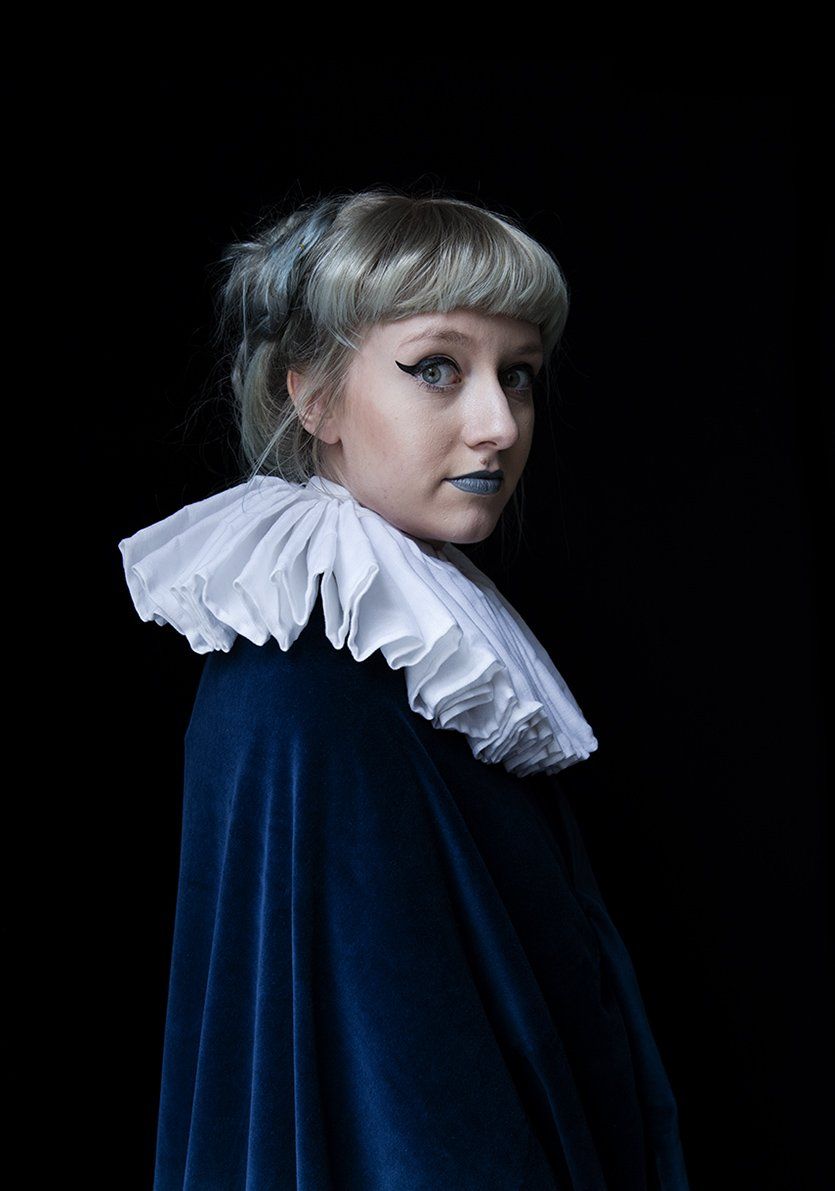Female Voices in Art: Alexandra Libby, Senior Administrator for Collections and Initiatives and Curator of Northern Baroque Paintings, National Gallery of Art in Washington, DC
“I think we have a responsibility to support and uplift one another.”

Alexandra Libby (b. 1981, New York, NY ) is Senior Administrator for Collections and Initiatives and a Curator of Northern Baroque Paintings at the National Gallery of Art, Washington. She has (co-) curated several exhibitions, including Water, Wind, and Waves: Marine Painting from the Dutch Golden Age (2018); Vermeer’s Secrets (2022); and Little Beasts: Art, Wonder, and the Natural World (2025). Prior to joining the National Gallery in 2014, she was Assistant Curator of European art at the John and Mable Ringling Museum of Art in Sarasota, and had also held various fellowship and research positions at the Museum of Fine Arts Boston, Los Angeles County Museum of Art, and Colby College Museum of Art. She received her B.A. from Colby College (2003), her M.A. from Boston University (2007), and her Ph.D. from the University of Maryland (2014).
Could you tell us something about your role in the art world?
I must admit that it’s funny to me to acknowledge that I have a role in the art world at all. I did not grow up going to art museums. They weren’t really on my radar until I took an art history class in high school, so I never could have dreamed of being a museum curator or administrator. But through a series of important teachers, who believe in my and opened my eyes to the possibilities that exist, I found myself pursuing art history as a discipline and, eventually, a career. Today, I have the great privilege of working at the National Gallery of Art in Washington, D.C., where I get to help shape a collection of magnificent paintings, a division of extraordinary colleagues, and the culture of our museum. One of my responsibilities here is managing our curatorial, conservation and collections budget, which at first glance may not seem terribly interesting. But, as a mentor once said, a budget is a moral document. Where we invest our dollars matters and it tells our staff and our publics what we care about. I report to and work very closely with our Chief Curator and Conservation Officer, E. Carmen Ramos, to guide those funds in ways the align with our mission, vision, and values.
What did you enjoy about being a part of this project?
Being in the company of so many extraordinary women – curators, directors, philanthropists – is a professional honor, to be sure. But perhaps what is most enjoyable about this is that the next generation of young women may look to this project and see a future for themselves. This project is celebratory of the women today and also a model for women of the future.
Do you have a favourite artist?
As I like to tell my children, favorite is a category not a singular thing. So, I have many favorite artists! One favorite is Dario Robleto, who is a Houston-based Renaissance man, if ever there was. His practice is interdisciplinary, research-driven, and places a high premium on craft. The result is an extraordinary range of artistic output: sculpture, print, film. A recent project of his involved transforming early measurements of heartbeats made by 19th-century century pioneers of cardiography into photolithographs executed on paper hand-sooted with candle flames. These early heartbeats were recorded before the invention of sound playback, so Dario worked with a sound historian to digitally resurrect the heartbeats in audio form. One can hear the heartbeat of a man born during the French Revolution, a child being scolded, a woman laughing, and mother nursing her baby. It is so incredibly moving.
What is your earliest memory involving art?
I always loved making art. When I was small, I told people I wanted to be an artist. So, I don’t have a first memory really, but rather a kaleidoscope of memories that swirl: coloring at the dining room table, copying pictures from magazines, drawing portraits of family and friends. Perhaps most of all I remember how supportive and loving my parents always were about my art making.
Do you have any special thoughts about the position of women in the art world?
I think we have a responsibility to support and uplift one another. Especially for the women who came before me, it was a long, hard ladder to climb. The most impactful women are the ones who don’t pull that ladder up but reach back to help those behind them.
What are you wearing, and is there a story behind it?
I don’t know how artful it is, but it certainly was comfortable! This picture was taken during one of the preview days at TEFAF, where a team from the National Gallery spent some 8 hours walking the fair to look for potential acquisitions. It’s a wonderful fair for many reasons, but also absolutely exhausting! Comfort is key.
What are you currently working on?
I’m currently helping to project plan and full-scale reinstallation of our Old Master collections. The process will take about five to six years, but will see the National Gallery’s collection reconceived, reinvigorated, and reinstalled. It’s daunting but also totally thrilling.
Could you mention a project, an institution that, or a person who has been important or inspiring for your career and why?
In 2018 I curated an exhibition on 17th-century Dutch marine paintings called Water, Wind, and Waves. The show was a “celebration” of the complex relationship between the Dutch and the water and included paintings of inland waterways, canals, the open ocean, and even ice skating. There were also some wonderful manuscripts, prints, drawings, and ship models. It was a lovely exhibition that got absolutely raked by the reviewer for the Washington Post for “skating over issues of slavery and colonialism.” And he was right. It was such a blind spot of the exhibition (of mine!) and it was a wake-up call for me that I had been indoctrinated into an uncritical view of art history that was out-of-date and out-of-line. Since then, I’ve had to reeducate myself and work hard to make sure that I approach all my endeavors with a posture of curiosity: who is centered here? Who is left out? What story am I privileging? What can I bring in? It was a hard lesson, but an important one that I carry with me.
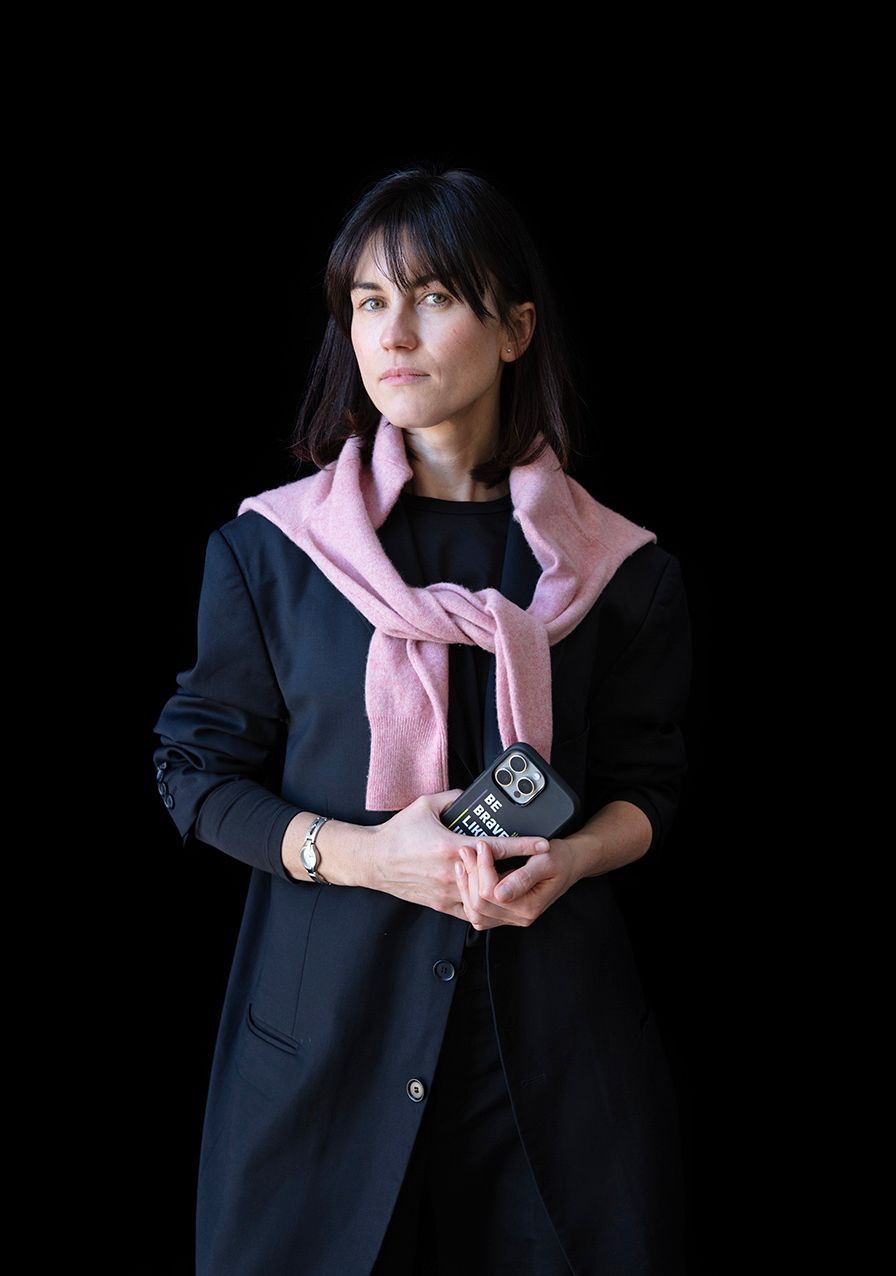
Female Voices in Art: Interview with Mariana Varchuk, Curator Khanenko National Museum of Arts, Kyiv
